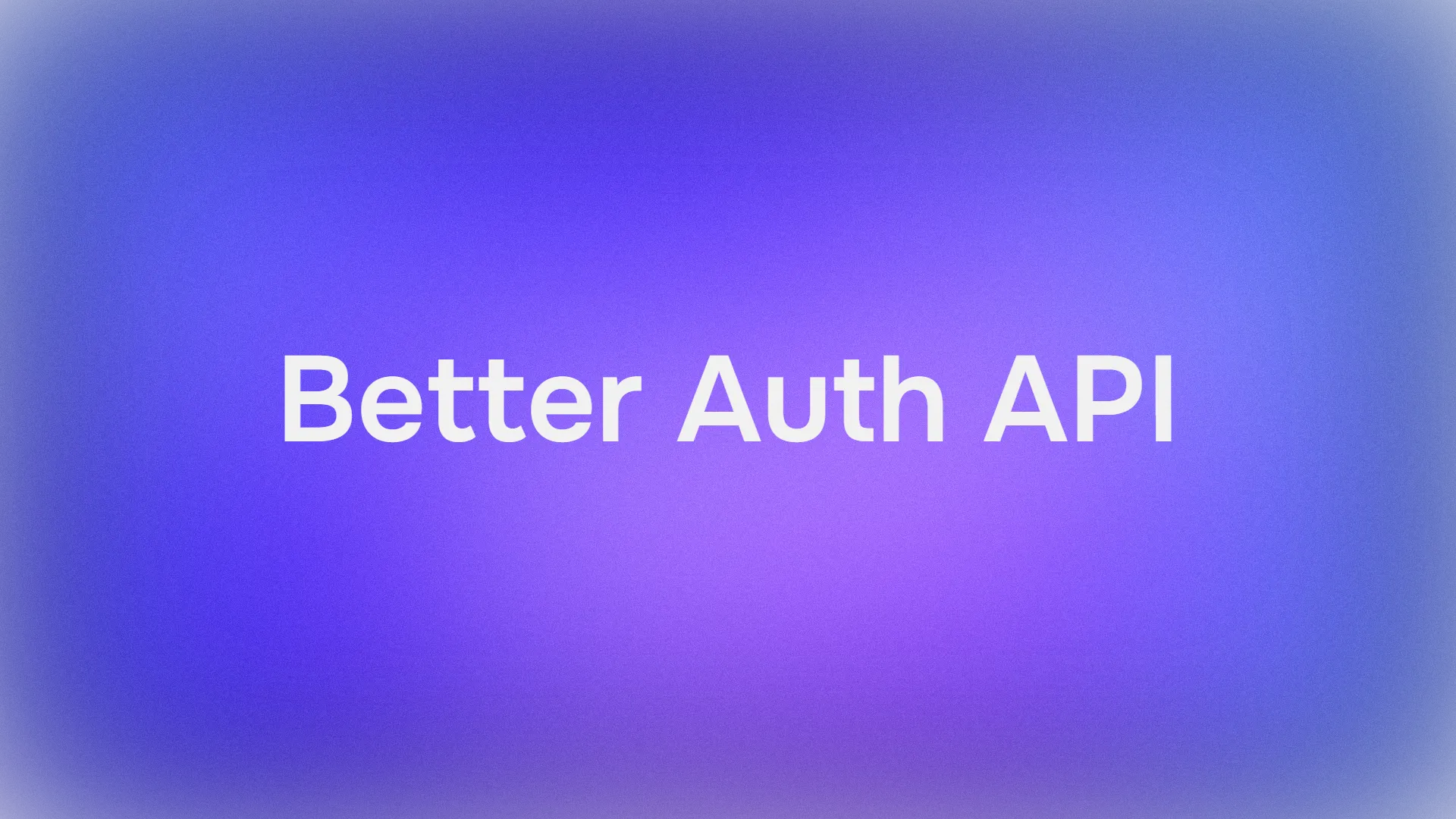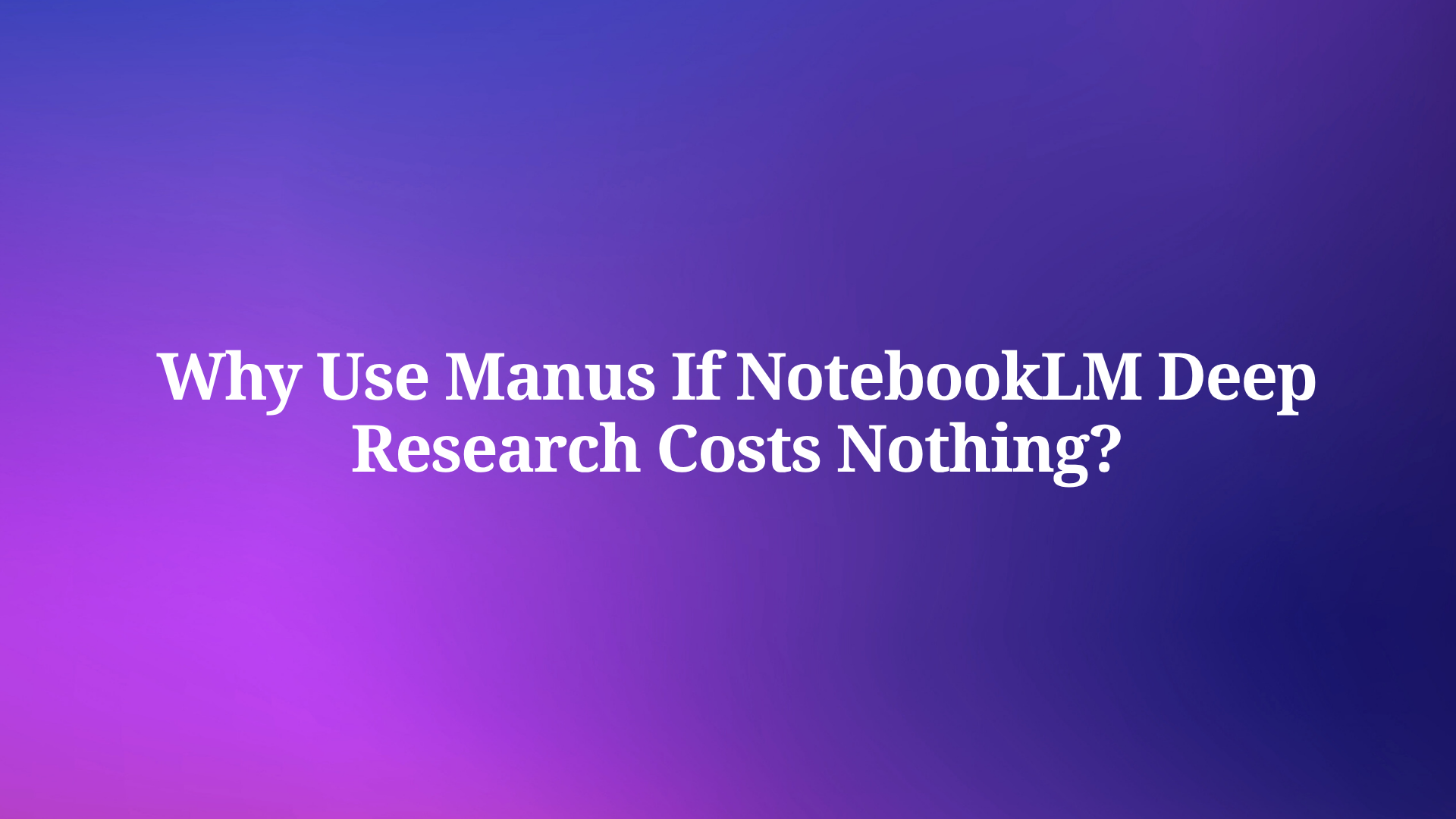ByteDance is pushing the boundaries of artificial intelligence with its latest release, BAGEL-7B-MoT, a multimodal foundation model that redefines how machines understand and generate content across text, images, and more. This open-source model, developed by ByteDance’s Seed team, integrates advanced capabilities like text-to-image generation, image editing, and world modeling, making it a standout in the AI landscape. With only 7 billion active parameters (14 billion total), BAGEL-7B-MoT delivers performance that rivals top-tier models like Qwen2.5-VL and SD3, all under the permissive Apache 2.0 license.
What Is BAGEL-7B-MoT? A Technical Overview
BAGEL-7B-MoT is an open-source, decoder-only multimodal model designed to unify understanding and generation across multiple data modalities, including text, images, videos, and web data. Unlike traditional AI models that rely on separate architectures for specific tasks (e.g., DALL-E for image generation or GPT-4V for visual understanding), BAGEL-7B-MoT consolidates these capabilities into a single, efficient framework. Consequently, it reduces complexity while achieving superior performance.

The model leverages a Mixture-of-Transformer-Experts (MoT) architecture, which enhances its ability to process diverse multimodal information. By employing two separate encoders—one for pixel-level features and another for semantic-level features—BAGEL-7B-MoT captures both fine-grained visual details and high-level contextual meaning. This dual-encoder approach, combined with a Next Group of Token Prediction paradigm, allows the model to predict sequences of language or visual tokens, enabling tasks like free-form image editing and 3D manipulation. Moreover, the model is fine-tuned from robust foundations, including Qwen2.5-7B-Instruct and siglip-so400m-14-384-flash-attn2, with the FLUX.1-schnell VAE model enhancing its visual generation capabilities. All components are licensed under Apache 2.0, ensuring accessibility for developers and researchers.
For those eager to explore BAGEL-7B-MoT, the model weights and detailed documentation are available on Hugging Face and the GitHub repository. These resources provide a solid starting point for implementation and experimentation.
The Architecture: Mixture-of-Transformer-Experts (MoT)
The BAGEL-7B-MoT architecture is a cornerstone of its success. Specifically, the Mixture-of-Transformer-Experts (MoT) framework maximizes the model’s capacity to handle richly diverse multimodal data. Unlike traditional transformer models that rely on a single, monolithic architecture, MoT employs multiple specialized transformer “experts” that collaborate to process different aspects of the input data. This approach enhances efficiency and scalability, allowing BAGEL-7B-MoT to tackle complex tasks without requiring exponential increases in computational resources.

The model uses two distinct encoders to process visual inputs:
- Pixel-Level Encoder: Captures fine-grained details such as textures and edges, critical for tasks like image editing and generation.
- Semantic-Level Encoder: Extracts high-level contextual information, enabling advanced reasoning and understanding of visual content.
These encoders feed into the MoT framework, which dynamically allocates processing tasks to the appropriate experts based on the input modality. For instance, when generating an image from a text prompt, the semantic encoder interprets the textual description, while the pixel-level encoder ensures the output image retains visual fidelity. This synergy allows BAGEL-7B-MoT to excel in tasks like text-to-image generation, where it competes with specialized models like SD3.

Furthermore, the model employs a Next Group of Token Prediction paradigm. Instead of predicting individual tokens, BAGEL-7B-MoT predicts groups of tokens, reducing computational overhead while maintaining accuracy. This approach is particularly effective for multimodal tasks, where the model must seamlessly switch between processing text and visual data. As a result, BAGEL-7B-MoT achieves state-of-the-art performance on benchmarks for multimodal understanding and generation.
Training Methodology: Scaling Multimodal Learning
The training process for BAGEL-7B-MoT is a masterclass in scaling multimodal AI. The model was pretrained on trillions of interleaved multimodal tokens spanning text, images, videos, and web data. This massive dataset enables BAGEL-7B-MoT to develop a deep understanding of diverse data types, fostering emergent capabilities that go beyond traditional AI models.
The training pipeline consists of three key phases:
- Pre-training: The model learns foundational skills by processing large-scale interleaved data. This phase establishes basic multimodal understanding and generation capabilities.
- Continued Training: Additional training refines the model’s ability to handle complex tasks, such as image editing and sequential reasoning.
- Supervised Fine-Tuning: Targeted fine-tuning on specific datasets enhances performance on benchmark tasks, ensuring BAGEL-7B-MoT outperforms competitors like Qwen2.5-VL and InternVL-2.5.
Ablation studies conducted by ByteDance reveal that combining Variational Autoencoder (VAE) and Vision Transformer (ViT) features significantly boosts intelligent editing capabilities. For example, the VAE component, derived from FLUX.1-schnell, ensures high-quality visual outputs, while the ViT encoder provides robust semantic context. This combination is critical for tasks like free-form image manipulation, where the model must balance visual fidelity with contextual accuracy.
Moreover, the training process highlights a staged progression of capabilities. Early in training, BAGEL-7B-MoT masters multimodal understanding and generation. As training progresses, it develops basic editing skills, followed by advanced capabilities like 3D manipulation and world navigation. This emergent pattern underscores the importance of large-scale, diverse datasets in unlocking complex multimodal reasoning.
Key Capabilities of BAGEL-7B-MoT
BAGEL-7B-MoT stands out for its versatility across a range of tasks. Below, we explore its key capabilities, each of which positions it as a leader in open-source multimodal AI.

1. Text-to-Image Generation
BAGEL-7B-MoT delivers text-to-image quality that rivals specialized generators like SD3. By leveraging its dual-encoder architecture and MoT framework, the model generates high-fidelity images from textual prompts. For example, a prompt like “A serene mountain landscape at sunset” produces visually stunning results with accurate lighting and detail. Developers can experiment with this feature using the Gradio WebUI provided in the GitHub repository.
2. Advanced Image Editing
Unlike traditional image-editing models, BAGEL-7B-MoT supports free-form visual manipulation. Users can provide natural language instructions, such as “Change the sky to a starry night” or “Transform this into a vintage 1920s photograph,” and the model executes these edits with precision. The combination of VAE and ViT features ensures that edits preserve both visual quality and contextual relevance.
3. World Modeling and Navigation
One of BAGEL-7B-MoT’s most groundbreaking features is its ability to perform “world-modeling” tasks, such as multiview synthesis and world navigation. These capabilities allow the model to understand and manipulate 3D environments, making it suitable for applications in virtual reality, gaming, and robotics. For instance, the model can predict future frames in a video sequence or generate consistent views of an object from multiple angles.
4. Multimodal Reasoning
BAGEL-7B-MoT excels in tasks requiring complex multimodal reasoning, such as sequential reasoning and chain-of-thought processing. By enabling the “enable_thinking” flag in the Cog implementation, developers can prompt the model to reason through complex tasks before generating outputs. This feature is particularly valuable for applications requiring deep contextual understanding, such as autonomous systems or interactive AI assistants.
5. Benchmark Performance
The model surpasses open-source competitors like Qwen2.5-VL and InternVL-2.5 on standard multimodal understanding and generation benchmarks. Its ability to handle diverse tasks within a single architecture makes it a cost-effective and powerful solution for developers.

Implementation and Deployment
Deploying BAGEL-7B-MoT is straightforward, thanks to its open-source availability and comprehensive documentation. The model weights are hosted on Hugging Face, and the GitHub repository provides scripts for installation, inference, and evaluation. Below is a sample script to download and set up BAGEL-7B-MoT:
import os
from huggingface_hub import snapshot_download
# Define paths
save_dir = "/path/to/save/BAGEL-7B-MoT"
repo_id = "ByteDance-Seed/BAGEL-7B-MoT"
cache_dir = save_dir + "/cache"
# Download model weights
snapshot_download(
cache_dir=cache_dir,
local_dir=save_dir,
repo_id=repo_id,
local_dir_use_symlinks=False,
resume_download=True,
allow_patterns=["*.json", "*.safetensors", "*.bin", "*.py", "*.md", "*.txt"]
)
# Install dependencies
os.system("conda create -n bagel python=3.10 -y")
os.system("conda activate bagel")
os.system("pip install -r requirements.txt")
After setup, developers can use the inference.ipynb notebook or Gradio WebUI to interact with the model. For example, to generate an image, run:
cog predict -i prompt="A futuristic city floating in the clouds" -i enable_thinking=true
For image editing, use:
cog predict -i prompt="Make it look like it’s underwater with fish swimming around" -i image=@your_photo.jpg -i task="image-editing" -i cfg_img_scale=2.0
These commands leverage the Cog implementation, which optimizes BAGEL-7B-MoT for production use. Developers can also integrate the model with APIs using tools like Apidog to streamline deployment in real-world applications.
Challenges and Considerations
While BAGEL-7B-MoT is a powerful model, it has some limitations. The model requires significant computational resources, with users reporting successful deployment on GPUs like the RTX 3090 with 24GB of VRAM. Those with lower VRAM (e.g., 6GB) may struggle, though quantized versions like BAGEL-7B-MoT-INT8 and BAGEL-7B-MoT-FP8 offer alternatives for resource-constrained environments. Additionally, the model’s performance in certain edge cases, such as highly specific image manipulations, may require further fine-tuning.
ByteDance has called for community feedback to identify and address these issues. Developers can share bad cases via the GitHub repository’s issue tracker or Discord channel, contributing to the model’s ongoing improvement.
Community and Open-Source Impact
The release of BAGEL-7B-MoT under the Apache 2.0 license is a significant step toward democratizing AI. By making the model, code, and documentation freely available, ByteDance empowers developers and researchers to build innovative applications without proprietary restrictions. The community response has been overwhelmingly positive, users have noted its ability to outperform leading VLMs and its potential to rival closed-source models like Google’s Veo 3.
The model’s open-source nature also fosters collaboration. Forks like DFloat11/BAGEL-7B-MoT-DF11 demonstrate how the community is optimizing BAGEL-7B-MoT for efficiency, achieving a 70% reduction in size without sacrificing accuracy. Such efforts highlight the power of open-source AI in driving innovation.
Conclusion
BAGEL-7B-MoT represents a monumental achievement in multimodal AI, combining text-to-image generation, advanced image editing, and world modeling in a single, open-source model. Its Mixture-of-Transformer-Experts architecture, dual-encoder design, and large-scale training make it a versatile and powerful tool for developers and researchers. By outperforming leading VLMs and rivaling specialized generators, BAGEL-7B-MoT proves that unified models can achieve exceptional results without sacrificing efficiency. With resources available on Hugging Face and GitHub, and tools like Apidog to simplify API integration, now is the perfect time to explore BAGEL-7B-MoT’s potential. ByteDance’s commitment to open-source AI ensures that this model will continue to evolve, driving innovation across industries and empowering the global AI community.




